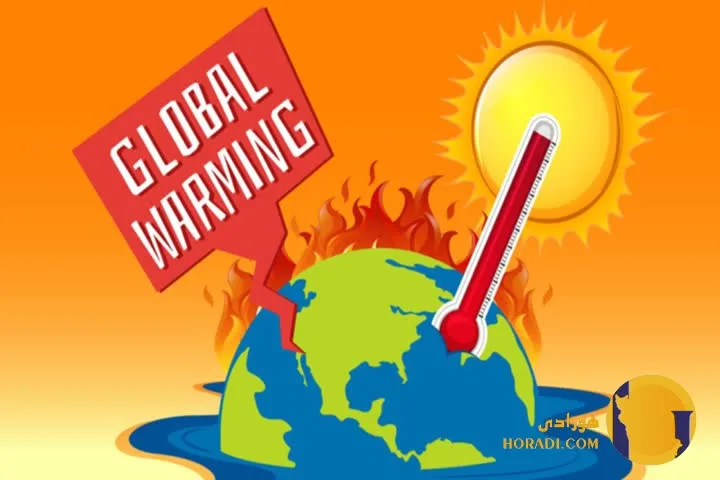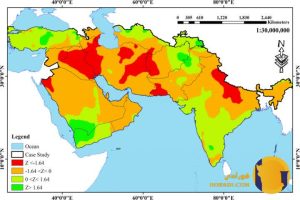
Climate Crisis 2025: New UN Updates
In 2025, the climate emergency has shifted from a looming crisis to a daily reality. The United Nations’ latest updates underscore the urgency of global action, painting a stark picture of environmental degradation while also highlighting the innovative solutions and international commitments shaping the fight against climate change. This article explores the most recent UN findings, their implications for nations and communities, and the policy shifts that could define the planet’s future.Climate Crisis 2025: New UN Updates
The UN’s Latest Climate Report A Global Wake-Up Call
Unprecedented Temperature Rise
The UN’s Intergovernmental Panel on Climate Change (IPCC) has confirmed that the global average temperature is now 1.35°C above pre-industrial levels—perilously close to the 1.5°C limit set by the Paris Agreement. This rise has already intensified heatwaves, droughts, and extreme weather events across continents.
Accelerated Ice Melt and Rising Seas
Satellite data shows that polar ice sheets are melting at nearly double the rate recorded in 2010. The Greenland ice sheet alone is losing 270 billion tons of ice annually, contributing directly to sea-level rise. Coastal cities like Jakarta, Lagos, and Miami face heightened flood risks, while small island nations like Tuvalu and Kiribati confront existential threats.
Biodiversity on the Brink
According to the UN Environment Programme (UNEP), one million species are at risk of extinction due to habitat loss, pollution, and climate change. Coral reefs, a key biodiversity hub, are bleaching at unprecedented rates, disrupting ocean ecosystems and threatening livelihoods dependent on fishing and tourism.
Economic and Social Impacts
Climate-Induced Displacement
The UN High Commissioner for Refugees (UNHCR) estimates that over 32 million people were displaced in 2024 due to climate-related disasters. From South Asia’s monsoon floods to wildfires in North America and Australia, climate migration is emerging as a defining humanitarian challenge of the decade.
Global Economic Costs
The World Bank warns that unchecked climate change could shrink the global economy by up to 18% by 2050. In 2025 alone, extreme weather events have cost the global economy more than $400 billion in damages, affecting infrastructure, agriculture, and trade.
Health and Inequality
The World Health Organization (WHO) links climate change to rising cases of respiratory illnesses, vector-borne diseases, and heat-related deaths. Vulnerable communities—particularly in low-income nations—bear the brunt, lacking resources for adaptation and recovery.
Key UN Climate Initiatives in 2025
Strengthened Paris Agreement Targets
At the 2025 UN Climate Summit in Nairobi, more than 120 countries committed to enhancing their Nationally Determined Contributions (NDCs). This includes faster transitions to renewable energy, stricter emissions caps, and greater investment in carbon capture technologies.
Global Climate Adaptation Fund Expansion
The UN has expanded its Climate Adaptation Fund to $250 billion, aimed at helping developing nations fortify infrastructure, secure clean water, and build climate-resilient agriculture systems.
Renewable Energy Partnerships
The “Green Power Alliance” initiative, co-led by the UN and the International Renewable Energy Agency (IRENA), now includes over 80 nations pledging to source 70% of their energy from renewables by 2035. Offshore wind, solar megaprojects, and green hydrogen hubs are at the forefront.
Technological Solutions and Innovation
AI and Climate Prediction
Artificial intelligence is now being deployed by the UN in collaboration with NASA to predict extreme weather patterns weeks in advance, allowing for early evacuation and disaster readiness in vulnerable regions.
Carbon Capture and Storage (CCS) Breakthroughs
In 2025, UN-backed pilot projects in Canada and Norway have achieved record-high efficiency in removing CO₂ from the atmosphere, potentially cutting industrial emissions by up to 40% within a decade.
Regenerative Agriculture
Global farming programs funded by the UN are promoting regenerative practices—such as no-till farming and soil carbon sequestration—restoring degraded lands and improving food security.
The Role of Major Powers
United States
The US has pledged a 50% emissions cut by 2030 and has reintroduced large-scale federal climate stimulus packages, focusing on electrifying transportation and expanding offshore wind capacity.
China
As the world’s largest emitter, China’s 2025 plan includes peaking emissions by 2028—two years earlier than previously promised—and investing heavily in nuclear power and grid-scale battery storage.
European Union
The EU’s “Green Deal 2.0” emphasizes a circular economy, banning certain high-carbon imports, and accelerating the rollout of clean hydrogen infrastructure.
Challenges Ahead
Funding Gaps
Despite progress, the UN warns that current climate finance falls short by $1.5 trillion annually. Wealthier nations are urged to fulfill their $100 billion per year pledge to help developing countries adapt and mitigate.
Political Resistance
In several nations, domestic political opposition slows or blocks climate policies, often framing them as economically harmful despite evidence of long-term savings and job creation.
Time Pressure
With the 1.5°C threshold potentially being crossed as early as 2032, the UN stresses that the next five years are critical to avoid damage.
Conclusion A Narrow but Real Path Forward
The UN’s 2025 climate updates offer a clear message the crisis is intensifying, but solutions are within reach if the global community acts decisively. From renewable energy revolutions to massive adaptation funds, there is a roadmap—but it demands political will, public engagement, and unprecedented cooperation.
If humanity seizes this moment, future generations may inherit a planet not just surviving, but thriving. If not, the cost—human, environmental, and economic—will be far greater than the investments required today.








































